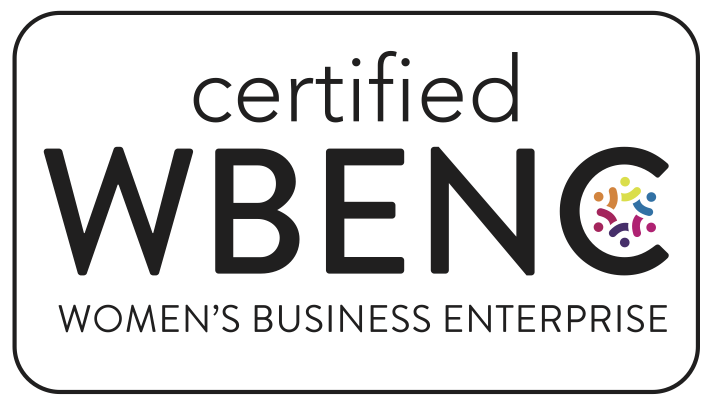Change affects everyone both at work and in their personal lives. Sometimes it happens suddenly and without warning, and as people scramble to process what's happened, what it means, and how it will affect them, they are forced to pivot and determine how to transition that change into the "new normal." Sometimes change is planned and enacted (by individuals and organizations) in the belief that it will bring improvements and produce a positive outcome. Unfortunately, in both situations managers too often underestimate -- or overlook completely -- individual reactions to change (whether planned or unplanned) and the level of effort needed for it to be embraced. Managing change can be difficult!
What Is Change Management?
The Society of Human Resource Management offers this definition:
Change management is the systematic approach and application of knowledge, tools, and resources to deal with change. It involves defining and adopting corporate strategies, structures, procedures, and technologies to handle changes in external conditions and the business environment.1
When facing a change initiative, companies can draw on a variety of models for managing change. Some models focus on an organizational response to change, whereas others focus on individuals and how people respond and react to change differently. Regardless of which approach they take, companies should consider the following tools and recommendations for smoothing anticipated bumps in the road.
Organizational Responses to Change
It's not unusual for a decline in performance, morale, or overall productivity to accompany change within an organization. Employees tend to enjoy and expect a certain degree of the status quo, and when a major change is introduced, performance drops as individuals react to it.
Even in the best of circumstances, productivity levels aren't typically perfect right out of the gate. There may be glitches, unforeseen challenges, and learning curves -- and it takes time for the organization to overcome them and adapt to the change.
Organizations can speed the transition from "adapting" to "thriving" under the following conditions:
- Managers understand and communicate regularly with their employees about the changes and their desired outcomes and benefits.
- Managers work closely with and aid their teams throughout the change process.
- There is a focus on employee training and development to provide individuals with the tools, knowledge, and materials needed to operate in the new environment.
- Individuals receive time to work through the emotional roller coaster that can accompany a major change.
Leaders have certain responsibilities to their employees when managing change. The Center for Creative Leadership describes three that are particularly important:2
- Communicate. Share the "why" of the change -- not just the "what": "Leaders who explained the purpose of the change and connected it to the organization's values or explained the benefits created stronger buy-in and urgency for the change."
- Collaborate. Get people to work together: "Successful leaders worked across boundaries, encouraged employees to break out of their silos, and refused to tolerate unhealthy competition. They also included employees in decision making early on."
- Commit. Embrace the change: "Leaders who negotiated [change] successfully were resilient and persistent, and willing to step outside their comfort zone.
Individual Responses to Change
A former vice president at Honda R&D Americas has observed similarities between how people experience change and how they experience grief.3 Elisabeth Kübler-Ross famously identified denial, anger, bargaining, depression, and acceptance as the five stages of grief. Kübler-Ross used the term change curve to describe the nonlinear process of working through those stages. It works well for describing how people work through the stages of dealing with change: denial, resistance, commitment, exploration, and acceptance. Some people move through the process quickly, whereas others may linger in one stage longer than another (or even move backward, if the change isn't managed well).
Depending on which stage of dealing with change employees are in, leaders can take certain actions to help their teams move toward the acceptance stage:
- Denial. Supervisors should be in information mode, providing as much information as possible about the change and communicating a clear business case for why change is occurring. Management needs to "own" the change themselves and reinforce the company's (or their own) vision for it.
- Resistance.To help their employees overcome resistance to change, supervisors should be in empathy mode. They need to be active listeners, allow employees to express their thoughts, and acknowledge their feelings.
- Exploration. Supervisors should be in facilitation mode to help employees see some specific, concrete changes (particularly those that will affect them). Management can provide new organizational charts, new tools, and new metrics, for example. Or it can set short-term goals to allow employees to practice operating under the changed environment and start seeing immediate results & benefits. Supervisors must provide support and clear direction so employees understand what is expected of them in the future. Training (if needed) works best in this phase, when employees have moved through denial and resistance and are open to learning new things.
- Commitment. At this point, employees have overcome most of the obstacles, and supervisors should begin setting longer-term goals. Supervisors should continue providing support and encouragement, and should also work to eliminate barriers to and facilitate opportunities for learning. It's important that management promote and celebrate the successes as well as identify and communicate any unanticipated additional benefits.
Throughout the change process, supervisors should be doing their best to actively support their employees in potentially difficult times. It's also important that they reinforce the "what's in it for me" aspect of change and discuss the benefits it brings not just to the organization and to the team but to individual employees as well.
An Essential Skill Set
The ability to deal with change effectively is a critical skill for people at all levels of an organization: employees must be able to embrace change, managers must be able to embrace and manage change, and leaders must be able to embrace, manage, and lead change! With a better understanding of the challenges that accompany change and knowledge of a variety of strategies to address them, managers and leaders can more successfully navigate their organizations through the turbulent waters of change.
Strategic HR Inc.'s mission is to be a strategic partner providing custom human resources business solutions to help our clients attract, support, develop, and retain a competitive workforce and achieve their business objectives. For more information, visit strategichrinc.com.
1 Tam Harbert. 2021. "How to Manage Change." SHRM website, March 11., www.shrm.org/hr-today/news/hr-magazine/spring2021/pages/managing-change.aspx.
2Leading Effectively Staff. 2020. "How to Be a Successful Change Leader." Center for Creative Leadership website, November 24, www.ccl.org/articles/leading-effectively-articles/successful-change-leader.
3Charlie Baker, 2018. "Why Change Is Like Grieving -- and Grieving Is Like Change." The Leadership Network website, September 12, theleadershipnetwork.com/article/why-change-is-like-grieving-and-grieving-is-like-change.

